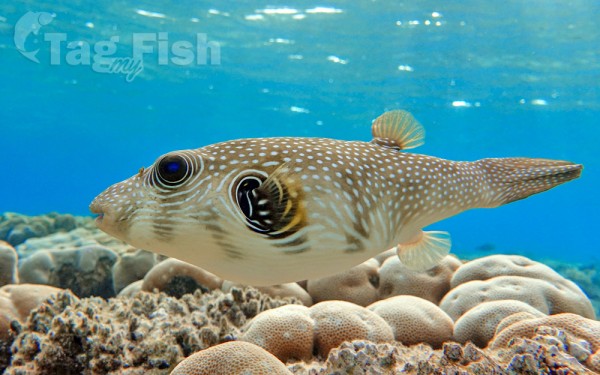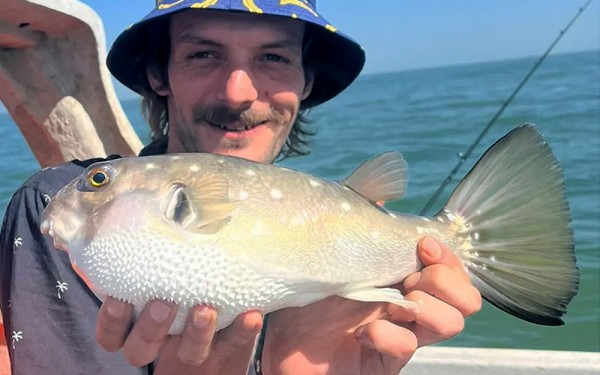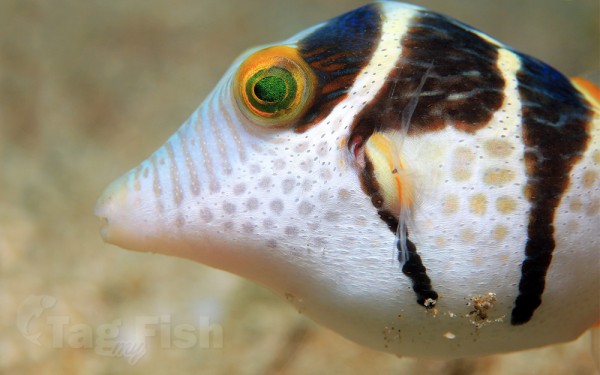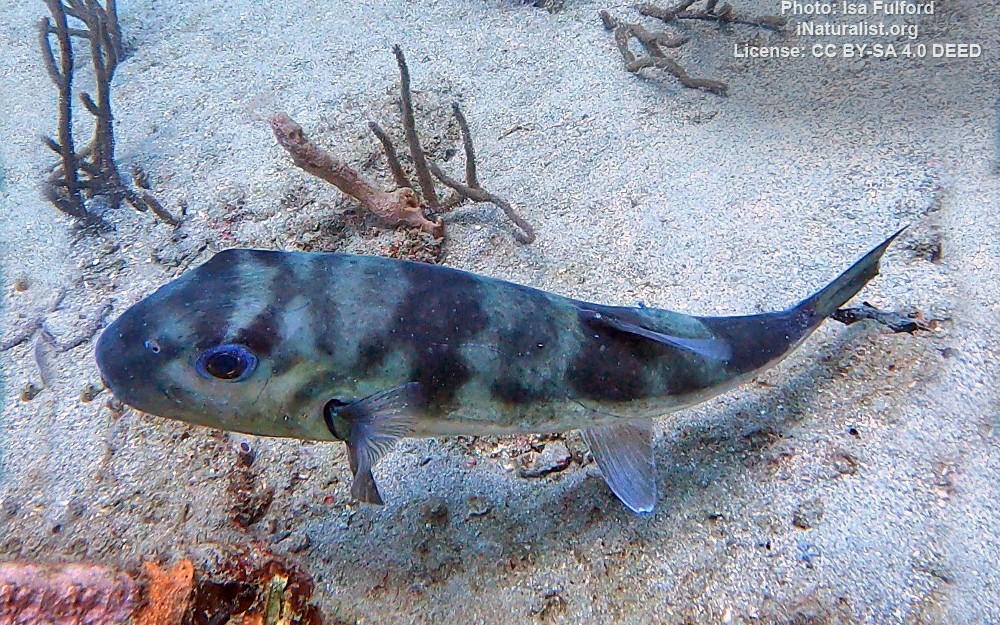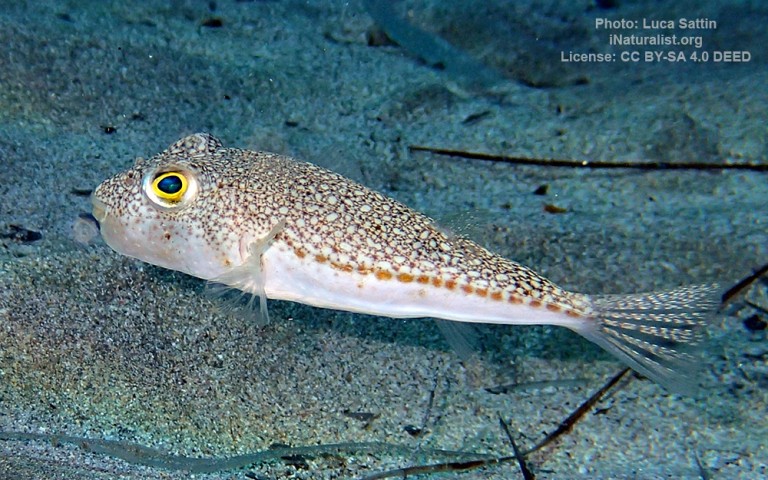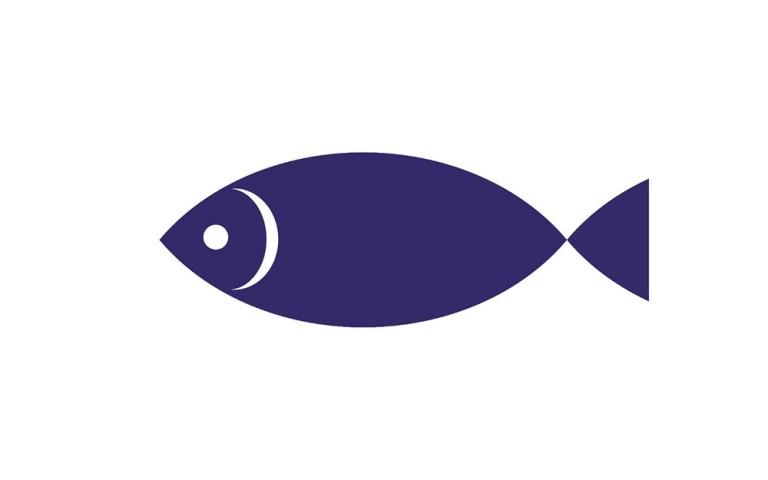Tetraodontidae - Puffers
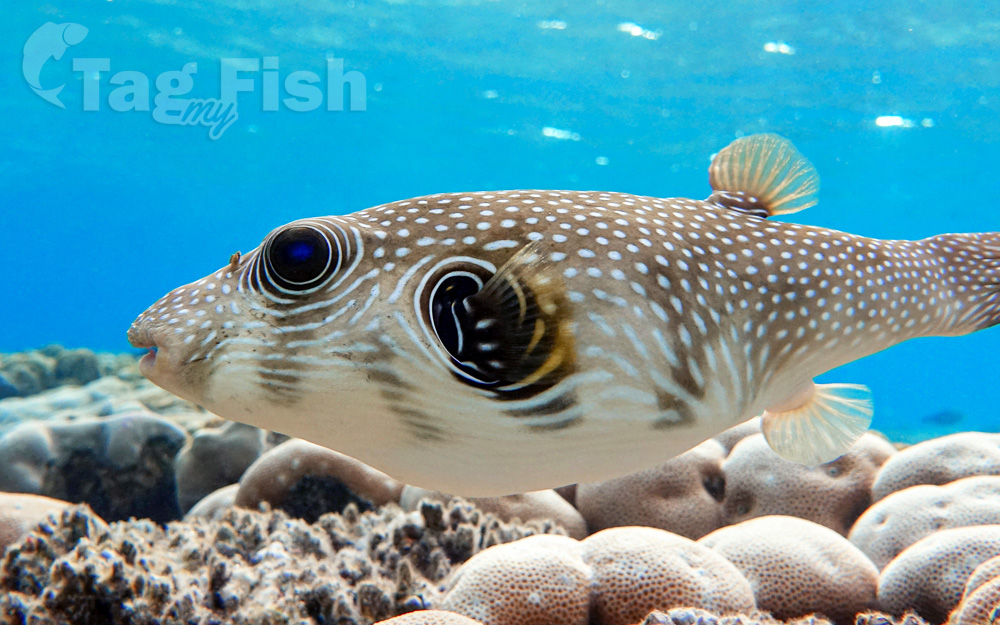
Description
Tetraodontidae is a family of primarily marine and estuarine fish of the order Tetraodontiformes. The family includes many familiar species variously called pufferfish, puffers, balloonfish, blowfish, blowies, bubblefish, globefish, swellfish, toadfish, toadies, honey toads, sugar toads, and sea squab. They are morphologically similar to the closely related porcupinefish, which have large external spines (unlike the thinner, hidden spines of the Tetraodontidae, which are only visible when the fish have puffed up). The scientific name refers to the four large teeth, fused into an upper and lower plate, which are used for crushing the hard shells of crustaceans and mollusks, their natural prey.
The majority of the pufferfishes are toxic and some are among the most poisonous vertebrates in the world. In certain species, the internal organs, such as the liver, and sometimes the skin, contain tetrodotoxin, and are highly toxic to most animals when eaten; nevertheless, the meat of some species is considered a delicacy in Japan, Korea, and China when prepared by specially trained chefs who know which part is safe to eat and in what quantity. Other pufferfish species with nontoxic flesh, such as the northern puffer, Sphoeroides maculatus, of Chesapeake Bay, are considered a delicacy elsewhere.
The species Torquigener albomaculosus was described by David Attenborough as ’the greatest artist of the animal kingdom’ due to the males’ unique habit of wooing females by creating nests in sand composed of complex geometric designs.
The Tetraodontidae contain 193 species of puffers in 28 genera
